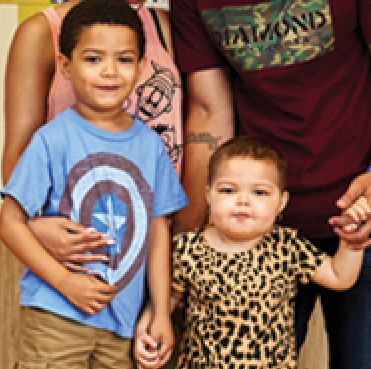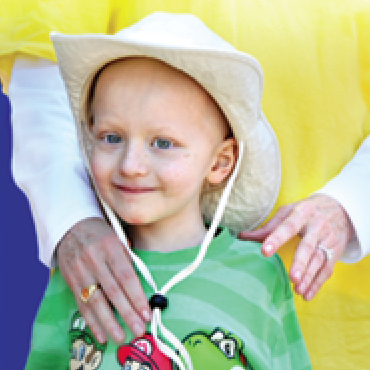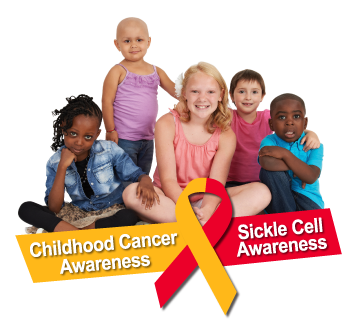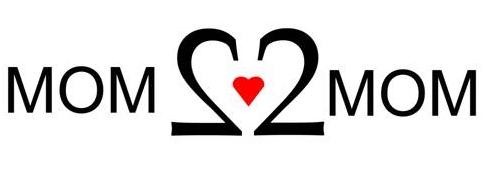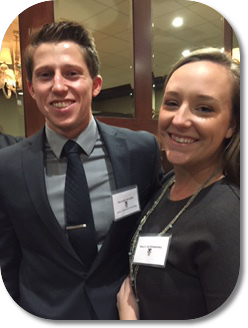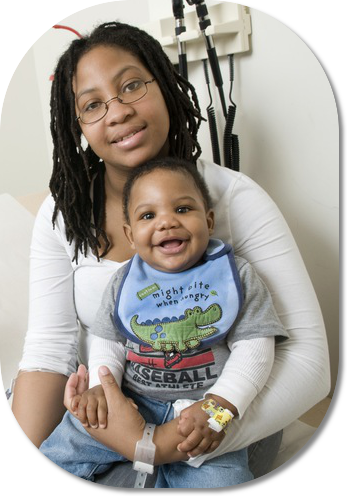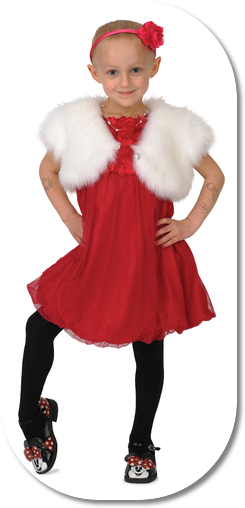The popular use of various colored ribbons to promote disease awareness provides the perfect synergy to The Valerie Fund’s kickoff of fundraising activities leading up to the 2016 Walk and JAG Physical Therapy 5K Run to be held in Essex County’s Verona Park on Saturday, June 11, 2016. Red ribbons for Sickle Cell Awareness and gold ribbons for Childhood Cancer are powerful symbols of the Red & Gold Campaign. These meaningful colors of awareness will be the theme for the 2016 Valerie Fund Walk.
Topics: Pediatric Cancer, Blood Disorders, sickle cell, 5k, awareness, walk, run
 Suppose your only option for transporting your sick child to life-saving medical care was to use public transit. Imagine the physical and emotional strain—not to mention the risk of exposure to infection—of having to ride a bus, for instance, in order to reach the medical center where your child receives chemotherapy or a blood transfusion for sickle cell disease. Or, suppose you did not even have access to public transit and had no affordable way to transport your child to treatment at all.
Suppose your only option for transporting your sick child to life-saving medical care was to use public transit. Imagine the physical and emotional strain—not to mention the risk of exposure to infection—of having to ride a bus, for instance, in order to reach the medical center where your child receives chemotherapy or a blood transfusion for sickle cell disease. Or, suppose you did not even have access to public transit and had no affordable way to transport your child to treatment at all.Topics: Pediatric Cancer, Blood Disorders, childhood cancer, transportation
Amy Tarabokia’s son, Nicholas, was diagnosed with leukemia in 2006 just shy of his fourth birthday, and received his last treatment in 2009 on his seventh birthday. She notes that there are many support groups for families but very few, if any, just for moms. "Moms take care of everyone else and tend to put themselves 'on the back burner'.” One of the things she remembers most vividly is the overwhelming feeling of isolation, particularly when Nicholas was quarantined and her “only outlet was the phone.” She tried to stay positive but there was a “constant dark cloud” hovering over her. The Valerie Fund Mom2Mom program gives moms a way to connect with kindred spirits who understand what it means to have a sick child because they have been there themselves.
Topics: Blood Disorders, cancer, moms, caregivers, support group
Unless your child is attending a tuition free college (and there are a few of those schools out there), the average cost of getting a four - year degree is now conservatively priced at $180,000 (private) and $95,000 (in state public). While these figures include virtually all of the costs associated with higher learning---tuition, housing, meals, books and school supplies, fees and transportation--- not many people can avoid the sense of sticker shock and foreboding when thoughts turn to paying for this privilege.
As education costs continue to rise, The Valerie Fund Scholarship Committee has seen a steady increase in applications from both pediatric cancer patients and those living with blood disorders. “These are outstanding kids,” says committee member Debbie Schiller, “they’re hardworking and highly motivated to get the best education they can. Their applications reflect a universal anxiety about how to make up the difference between tuition costs and what their families can afford to pay.”
Topics: Pediatric Cancer, Blood Disorders, cancer, scholarship, scholarship program
Sickle cell is a preventable genetic disorder. In the U.S., it almost exclusively affects African-Americans. It is usually diagnosed in the first year of life and rarely curable. Regardless of regular medication and lifestyle adjustments, such as minimal exposure to cold weather, the disease causes excruciating, unrelenting pain for which morphine and other medications must be administered—even in the youngest children. This happens because the body produces abnormal, sickle-shaped blood cells that clog the flow of blood.
Topics: Blood Disorders, sickle cell
 Physicians are trained to utilize modern scientific means to combat cancer at its source, but they are the first to admit these treatments that “cure” can take a huge toll on the patient. The side effects of chemotherapy and radiation are well known: pain, discomfort, nausea and other issues that require their own set of treatments. That the physical well-being of the patients with life-threatening illnesses is inextricably linked to their emotional state has become widely accepted. Merging integrative health services with medical care and psychosocial support can improve the quality of treatment for these patients.
Physicians are trained to utilize modern scientific means to combat cancer at its source, but they are the first to admit these treatments that “cure” can take a huge toll on the patient. The side effects of chemotherapy and radiation are well known: pain, discomfort, nausea and other issues that require their own set of treatments. That the physical well-being of the patients with life-threatening illnesses is inextricably linked to their emotional state has become widely accepted. Merging integrative health services with medical care and psychosocial support can improve the quality of treatment for these patients.
Topics: integrative medicine, Pediatric Cancer, Blood Disorders, holistic healing
Holiday Giving: 5 Reasons to Pick A Childhood Cancer and Blood Disorder Charity
According to Dr. Gregory Armstrong, a researcher and pediatric oncologist at St. Jude Children’s Research Hospital who led the federally funded Childhood Cancer Survivor Study, there are about 450,000 pediatric cancer survivors today. This is not only great news for the hundreds of thousands of children but multiply those children by the number of immediate and extended family, you will quickly see that these little warriors each have their own personal universe.
Your holiday gift to charities that support childhood cancer and blood disorders works as an anchor and a rocket ship. As an anchor, it allows the charity to provide their core offerings. As a rocket ship, it allows them to expand their menu of services to better accommodate their patient's needs.
Topics: Holiday Giving, Philantrophy, Non-profit, Pediatric Cancer, Blood Disorders, Charity



